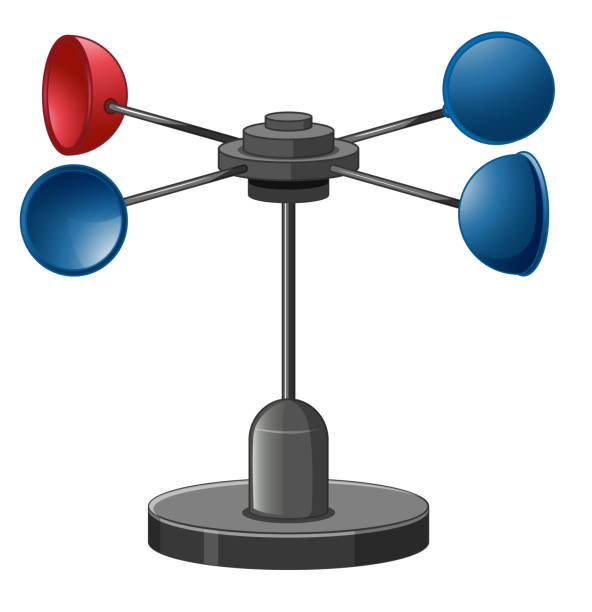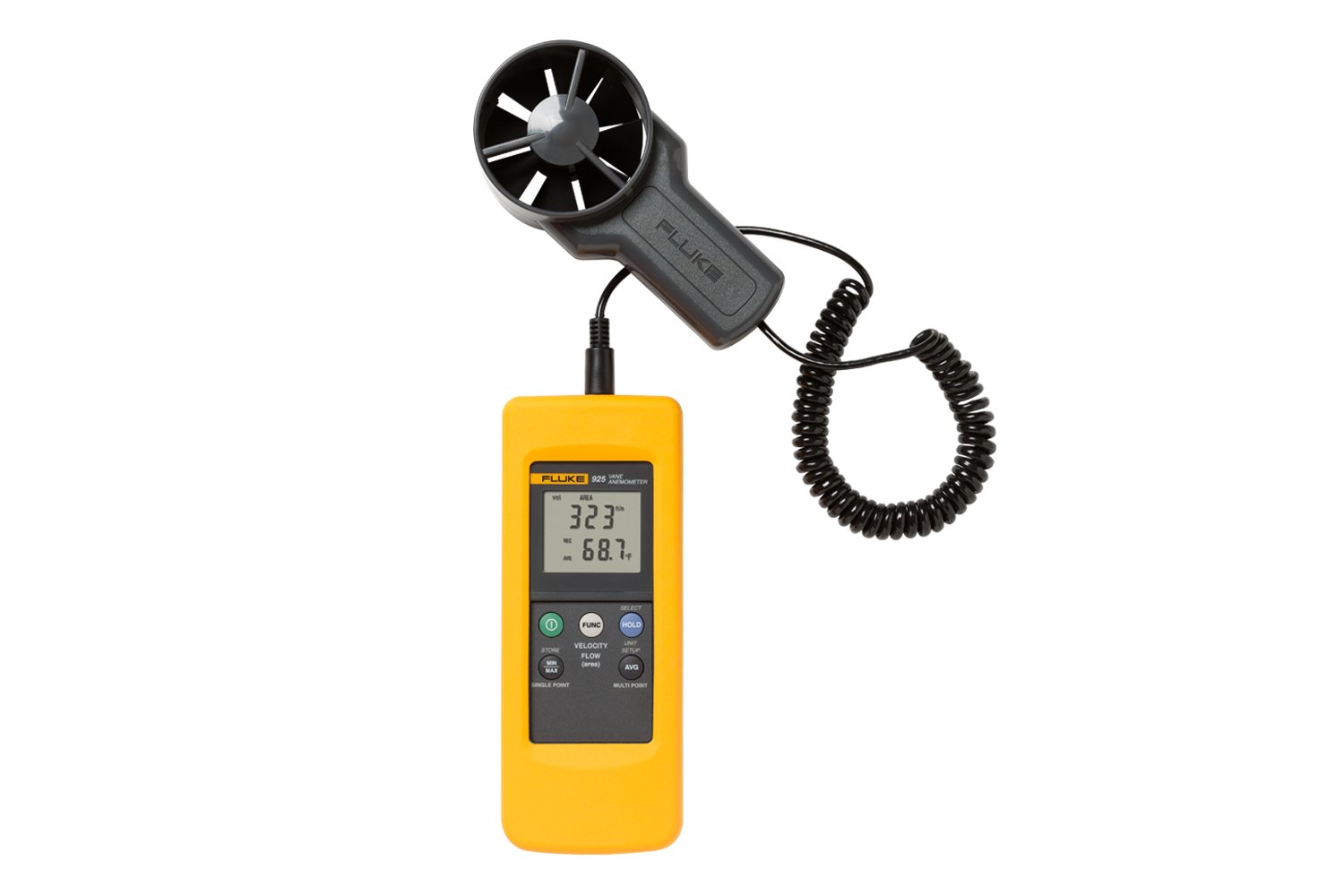All You Required to Learn About Anemometers: Exactly How They Work, Why They Issue, and Where to Make use of Them
Anemometers, though often forgotten in the world of scientific instruments, play a crucial function in various areas, offering important insights right into wind speed and air flow patterns. Comprehending the mechanics behind these devices is necessary for anyone seeking to harness the power of this data. From meteorologists tracking weather patterns to designers developing frameworks with wind tons in mind, the applications of anemometers are far-ranging and varied. As we explore the intricacies of anemometer innovation, we will certainly uncover the inner operations of these tools, their value, and the vital considerations when picking the best anemometer for certain applications.

Anemometer Fundamentals
An essential instrument utilized to gauge wind rate and instructions, the anemometer plays a crucial role in meteorology and different sectors. An anemometer typically includes three or 4 cups that turn in the wind, a vane that points into the wind, and sensing units to track the turnings or movements. By computing the rotations or motions over a certain period, the anemometer can determine wind speed. The vane assists figure out wind direction by pointing right into the wind, offering beneficial information for climate forecasting, aeronautics, maritime operations, environmental monitoring, and wind energy applications.
There are numerous kinds of anemometers readily available, consisting of cup anemometers, vane anemometers, hot-wire anemometers, and sonic anemometers, each with its distinct features and applications. Cup anemometers are generally utilized for fundamental wind speed measurements, while vane anemometers are preferred for directional dimensions.
Principles of Anemometer Operation
Building on the fundamental understanding of anemometer basics, the concepts of anemometer procedure illuminate the auto mechanics behind wind rate and direction measurements. Anemometers run on the principle of airflow impacting a sensing unit, triggering it to rotate. Cup anemometers, for instance, have three or more mugs that capture the wind, causing them to spin much faster as the wind speed increases. The rotation speed is after that converted right into a wind speed dimension. Vane anemometers, on the various other hand, utilize a tail or a probe that straightens itself with the wind direction, giving a dimension of wind instructions based upon the alignment of the sensing unit. Hot-wire anemometers rely on a warmed cord that cools as wind passes over it, with the rate of cooling figuring out the wind rate. Ultrasonic anemometers measure wind speed and direction by examining the time it considers ultrasonic signals to travel in between transducers. Comprehending these principles is crucial for reputable and accurate wind measurements in numerous applications.
Value of Anemometers
Anemometers play an essential duty in gauging wind rate and instructions, supplying important information for climate forecasting, climate researches, environmental monitoring, and aeronautics operations. Meteorologists depend on anemometers to collect exact wind information, aiding them comprehend climate patterns, anticipate tornados, and issue timely cautions to the public. Wind ranch drivers use anemometers to assess wind conditions and optimize electricity production from wind generators.
Applications Across Numerous Industries
In the renewable energy sector, anemometers play a critical duty in assessing wind conditions for wind ranch positionings, making certain optimum power manufacturing. Industries like building and mining use anemometers to keep an eye on wind speeds, important for security protocols, especially when functioning at elevations or in open-pit mines where solid winds can present threats. In farming, anemometers help farmers in handling crop spraying by giving real-time information on wind speed to stay clear of drift.

Choosing the Right Anemometer for Your Requirements
Selecting the suitable anemometer customized to your certain her comment is here needs is essential for obtaining accurate wind speed and direction measurements. When selecting an anemometer, take into consideration variables such as the intended application, required measurement range, environmental conditions, and desired functions. For general functions, a cup anemometer appropriates for gauging wind rate, while a vane anemometer gives wind instructions information. Hot-wire anemometers are ideal for low airspeed dimensions, and ultrasonic anemometers offer high precision and sturdiness.

Final Thought
In conclusion, anemometers play an essential duty in determining wind speed and instructions across various sectors. Comprehending the principles of anemometer procedure is important for picking the ideal device for specific demands. Your Domain Name From meteorology to aeronautics, anemometers are crucial tools for accumulating precise data and ensuring safety in various applications. It is important to consider the value of anemometers in order to make informed choices when choosing the most appropriate device for determining wind problems.
There are numerous kinds of anemometers available, consisting of cup anemometers, vane anemometers, hot-wire anemometers, and sonic anemometers, each with its special attributes and applications. Mug anemometers are typically utilized for fundamental wind rate dimensions, while vane anemometers are favored for directional measurements. Hot-wire anemometers are suitable for low airspeeds, and sonic anemometers are optimal for high-precision dimensions in study and commercial see here now setups.Structure on the fundamental understanding of anemometer basics, the principles of anemometer operation illuminate the auto mechanics behind wind rate and instructions measurements. For basic objectives, a mug anemometer is suitable for measuring wind speed, while a vane anemometer offers wind direction data.
 Daniel Stern Then & Now!
Daniel Stern Then & Now! Val Kilmer Then & Now!
Val Kilmer Then & Now! Katie Holmes Then & Now!
Katie Holmes Then & Now! Monica Lewinsky Then & Now!
Monica Lewinsky Then & Now! Christy Canyon Then & Now!
Christy Canyon Then & Now!